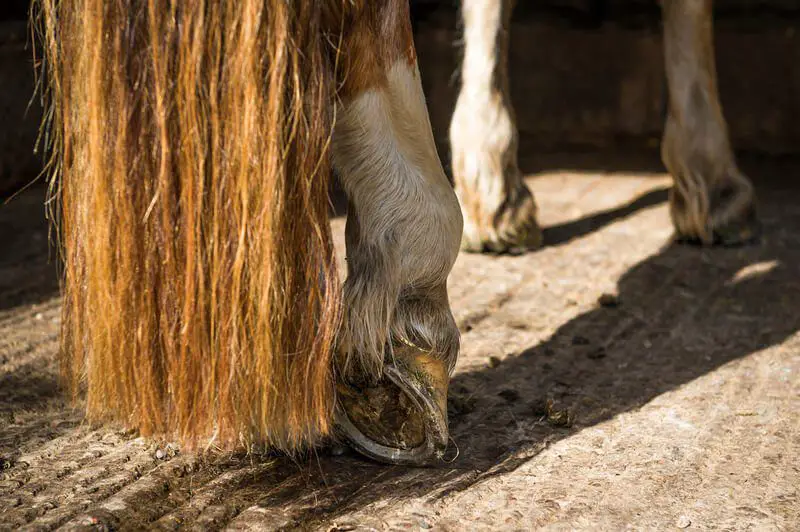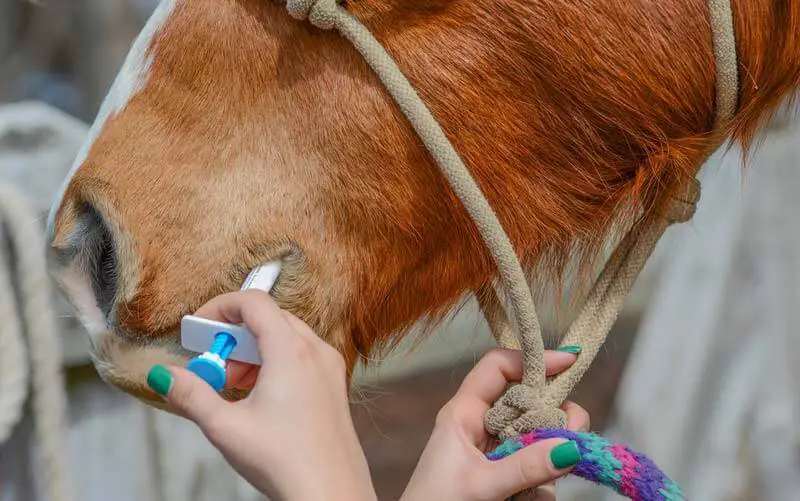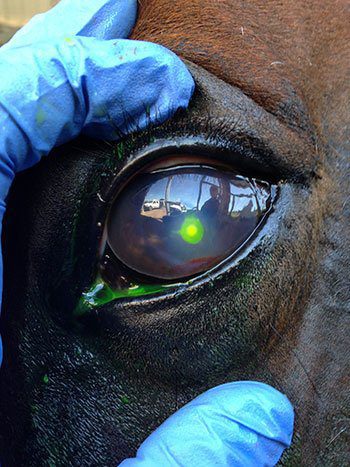
In high intensity horse sports, like campdrafting, eventing and reining, your performance horse is at risk of injury. Learning to correctly identify the source of lameness early can prevent a minor injury from developing into a lengthy recovery.
There are several common signs that indicate lameness, including head bobbing, hip hiking or dropping, and toe dragging when the affected limb hits the ground. A shortened stride can also suggest pain in the hoof or limb.
When diagnosing lameness in your horse, enlist the help of your veterinarian. They will help you pinpoint the exact source and severity of the lameness, and develop a suitable treatment plan to bring your horse back into work safely.
Step 1: Look for Injury
With the assistance of your veterinarian, stand your horse squarely on even ground and visually examine each leg for lumps, bumps, swelling, wounds, discharge or other signs of external injury.
Then, clean and examine each hoof – checking for excess heat and the strength of your horse’s digital pulse. Look for nails, cracks and bruises, and palpate each hoof for sensitive areas with hoof testers.
Step 2: Trot Up
In a straight line, trot your horse towards and away from your veterinarian while they look for signs of resistance, shortened or uneven stride.
Be sure to keep the lead loose so you don’t inhibit any other signs, such as a head bob when the affected limb hits the ground.
Step 3: Flexion Tests
Flex limbs one at a time for approximately 50 seconds and then trot out in a straight line. This puts “load” on the limb to mimic strenuous exercise. This determines if the lameness is worse after work or consistent during or after work.
Step 4: Lunge Your Horse
The final exercise is to lunge your horse in both directions. Start with a wide circle, then gradually tighten the circle.
Usually, the tighter the circle, the more obvious the lameness. With a highly trained eye, your veterinarian will be able to pick up on subtle signs that you may not see.



